Due to geothermal influences, a section of the Halha River in Arxan City, located in the Inner Mongolia Autonomous Region of northern China, never freezes, even when temperatures can plunge to as low as -40 degrees Celsius.
Throughout the winter months, Arxan City in Inner Mongolia is blanketed in a thick layer of snow.
Everything around is covered in white snow, with rivers frozen solid. There is, however, one notable exception that is “out of the ordinary.”
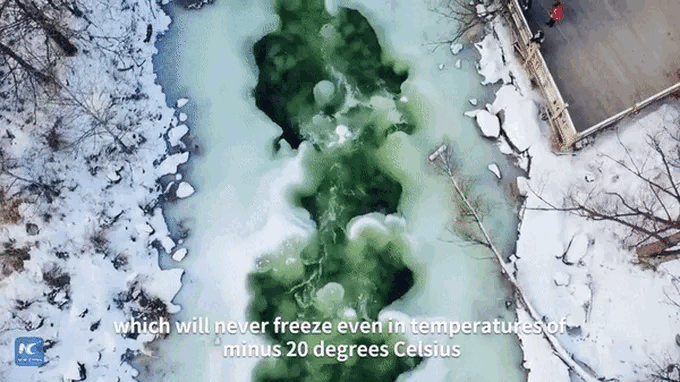
The landscape is covered in a thick layer of snow and ice, but the water beneath the river continues to flow (Image taken from clip).
This river is known as the Khalkhyn Gol. Remarkably, this river never freezes, despite outdoor temperatures plummeting to well below zero.
The Khalkh Gol River, located in eastern Mongolia and northern Inner Mongolia, stretches approximately 20 kilometers in length. Its source is found in the Greater Khingan mountain range.
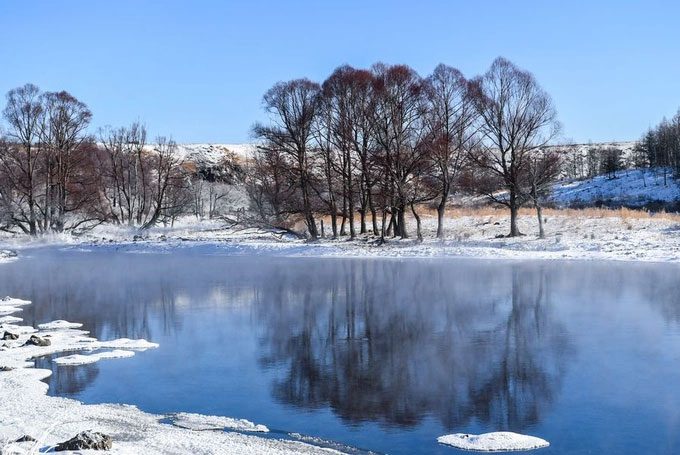
The picturesque beauty of the river when winter arrives. (Photo: Peng Yuan).
During winter, when temperatures drop as low as -40 degrees Celsius, the river’s water continues to flow steadily as usual. Because of this, the Khalkh Gol is also referred to as “the river that never freezes.”
The secret of this river lies beneath its surface. The Khalkh Gol flows through a geothermally active area near Arxan City. The heat from beneath the river warms the water above, preventing it from reaching freezing temperatures. As a result, the river never ceases to flow.
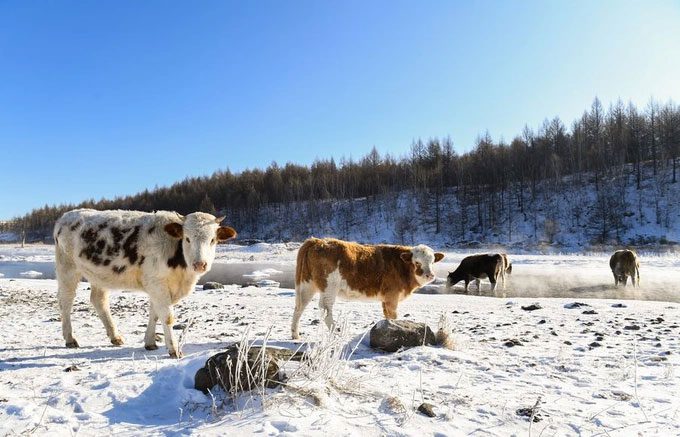
Herds of cattle and other animals gather here to enjoy the warm water and quench their thirst. (Photo: Xinhua).
Throughout the harsh winter months, the Khalkh Gol serves as a vital water source for local wildlife. Visitors here can easily spot herds of cattle strolling along the riverbank. They eagerly wade into the river, enjoying the warm water and taking the opportunity to hydrate.
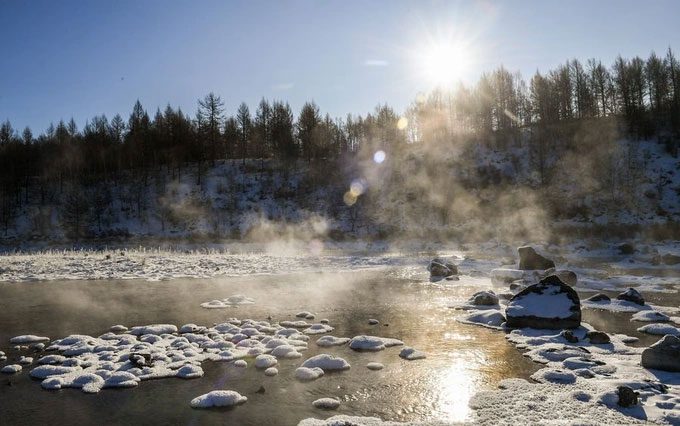
A mystical mist rising from the riverbed. (Photo: Peng Yuan).
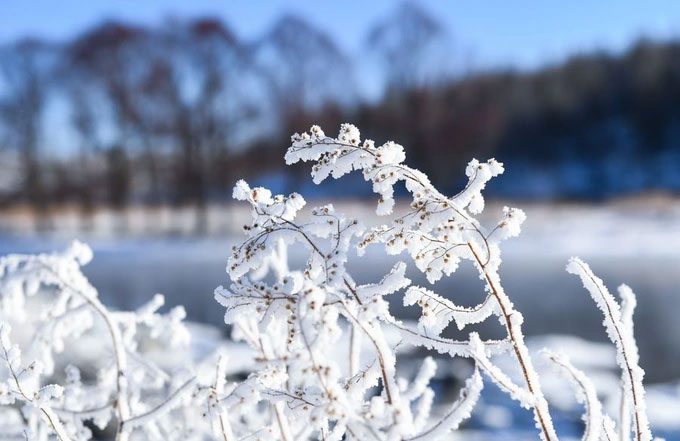
The vegetation surrounding the frozen river. (Photo: News).


















































